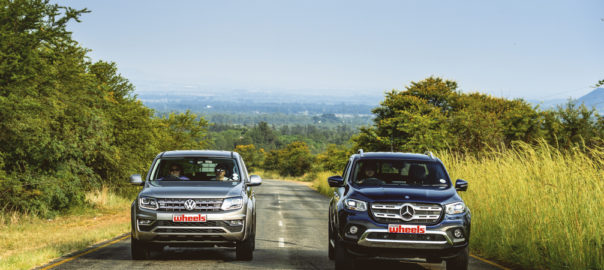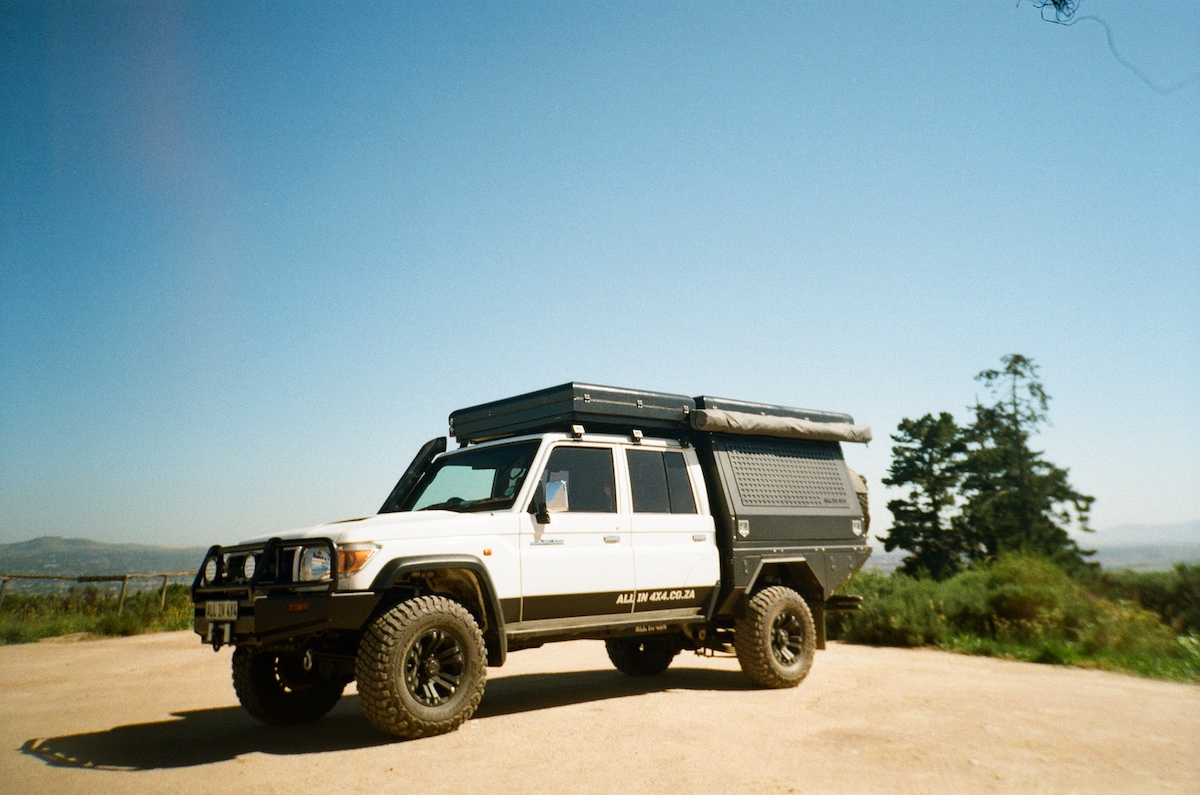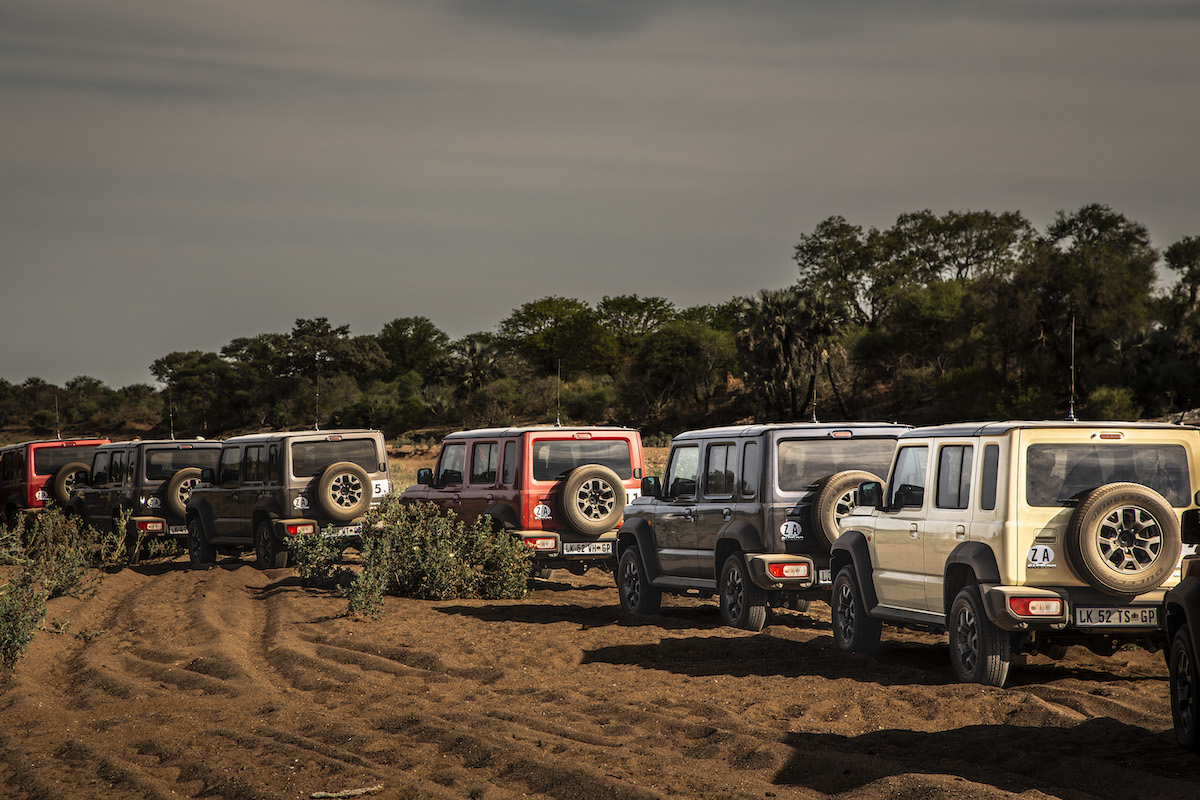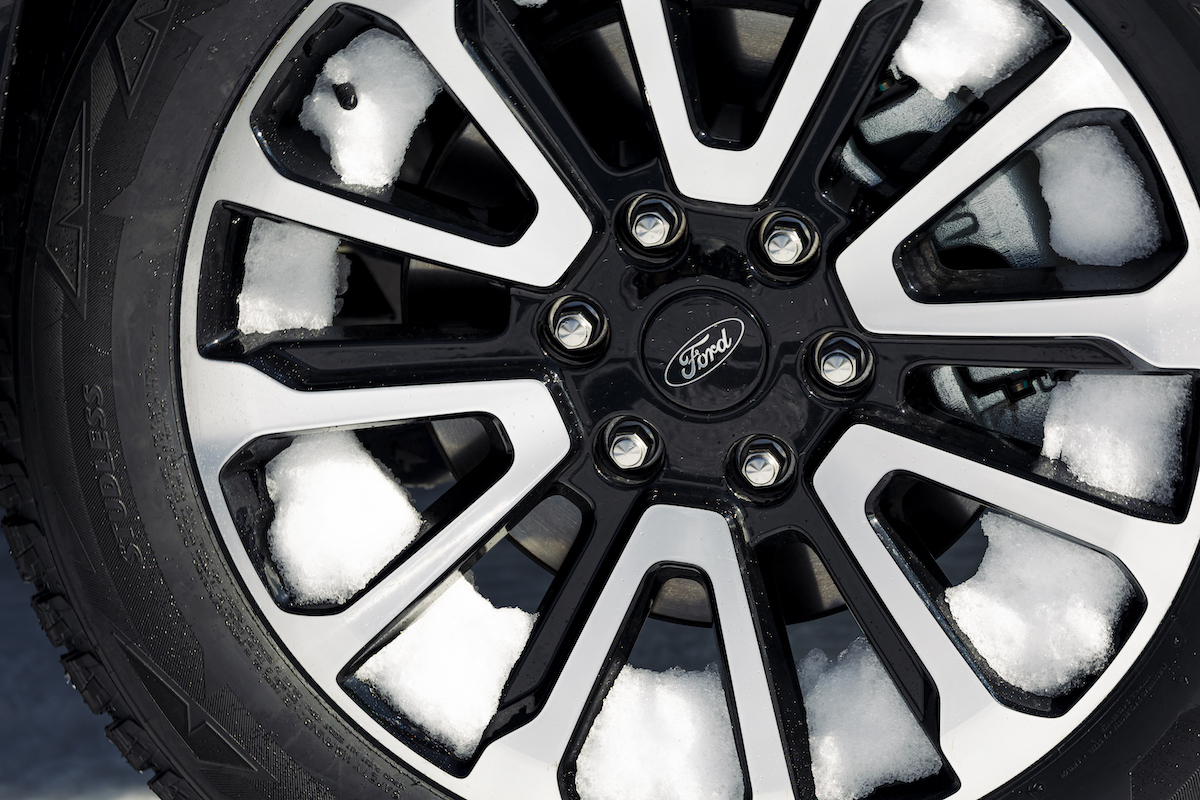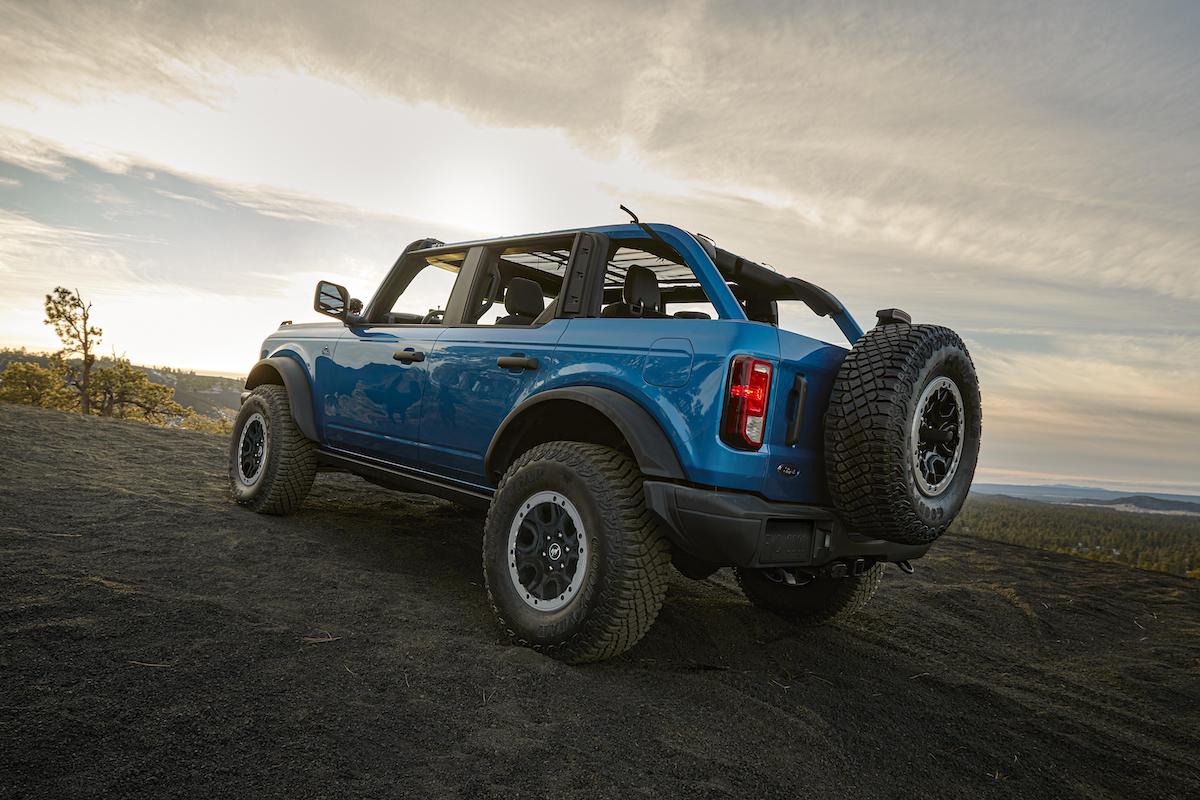Bakkies outsell passenger cars in South Africa and at the top end of the spectrum there is a serious power war raging. We teamed up with one of South Africa’s legendary bakkie drivers, Hannes Grobler, to put these two German V6s through their paces.
When the Mercedes-Benz X-Class was unveiled, it broke the internet. Nothing else in recent memory has garnered so much interest. Here was a 100-year-old company renowned for luxury automobiles, teaming up with a Japanese brand to build a double cab bakkie.
Mercedes had captured the attention of the motoring public by breaking out of its mould. Cue renderings of AMG models with carbon fibre bits, bonnet scoops and huge wheels. But when the X-Class was eventually launched it was equipped with a 2.3 litre Nissan engine producing 120 or 140kW depending on specification level. Not exactly the tyre shredding monster that was expected. When we finally drove this X-Class, it was met with a lukewarm response, even across these pages.
The combination of the fairly rudimentary diesel engine and the fact that Mercedes didn’t do enough to add its flavour to the bakkie left many thinking this was all just a bit of badge engineering at a significant price premium. And the sales showed, with the X-Class hardly flying out of dealerships as expected.
Late last year, Mercedes launched the V6 model of the X-Class. With its own engine under the bonnet, capable of 190kW and 550Nm, the manufacturer didn’t hesitate to label it the most powerful bakkie on the market.
Under the skin, the X-Class features coil springs all round, a 7G-Tronic Plus automatic transmission with steering wheel shift paddles while Dynamic Select allows the driver to choose from pre-programmed driving modes ranging from relaxed and comfortable to sporty and dynamic.
It certainly has the kind of equipment needed to get tongues wagging. Mercedes is no stranger to building off-road vehicles, the G-Class and Unimog are legends in these circles, giving Stuttgart’s engineers a significant base to work from. Employing 4Matic permanent all-wheel drive with low-range and a differential lock on the rear axle, that the X-Class has all the right credentials to go anywhere.
Many believe this is the engine and drivetrain the bakkie should have been presented with at the time of launch as it could have helped Mercedes get a better foothold in the bakkie market. Fortunately, all these improvements ensure the X-Class drives and feels like a Mercedes-Benz should, compared to the entry level models which feel more like a rebadged Nissan.
Many of the buyers in this price segment might have either traditionally shopped in the SUV segment or are a conventional bakkie buyer looking for something more premium. And while there are numerous SUVs to choose from, those who are shopping for a powerful vehicle with load-carrying ability really have only two choices, the aforementioned Mercedes-Benz X-Class X350d or the Volkswagen Amarok V6.
The Amarok has been available in South Africa for more than 10 years and while it has never shot the lights out in terms of sales like the locally produced Toyota Hilux, Ford Ranger or Isuzu D-Max; it has slowly built up a loyal following. It has done so as a bakkie that offers a great package of all-round ability, which allows it to morph from overland adventurer to city runabout effortlessly and comfortably. The V6 has given new life to the Amarok range with a big chunk of its sales now attributed to this powerplant.
With a 3.0 litre V6 under the bonnet, the current range-topping Amarok is claimed to generate 165kW and 550Nm, which is channelled through the slick eight-speed automatic gearbox.
Featuring a 90-degree V, 24-valves and overhead camshafts, the engine was first seen in the Audi A6 in 2014. A VGT turbocharger with flow optimised turbine and adjustable vanes translates into an engine which offers smooth responsiveness under all load conditions across the rev range, the gearbox ensuring this Amarok is almost always in the sweet spot.
The Amarok utilises 4Motion with permanent all-wheel drive and a Torsen differential to transfer its power to the road. Some fancy electronics mean it is able to do without traditional low range. The weight saving is significant and the combination of a short first gear and these electronics mean it is more than capable in 99% of the situations that a bakkie might find itself. “Many traditional bakkie buyers initially turned up their noses at all this technology but Johan Badenhorst and the Voetspore team proved the system is pretty bulletproof when they used similar vehicles on three extensive adventures,” said Grobler.
Aligned to the Volkswagen DNA seen in the new Caddy, Transporter and Crafter, horizontal lines dominate the front of the Amarok, with cleaner, angled folds and edges. In combination with modern touches like the LED daylight running lights, the Amarok has aged extremely well.
On the contrary, the modern design of the Mercedes-Benz features softer, rounder lines that, especially when viewed from the front, give the X-Class a face which is more SUV than traditional bakkie.
We booked some time on the Dastek Dynamometer to see what these two vehicles really put out on the wheels, in the real world, and the results were surprising. The X-Class peaked at 208hp or 155kW at 3 000r/min at the wheels. These figures are fairly accurate given that the manufacturer claims 190kW at the flywheel, taking into account the expected drivetrain losses of a four-wheel-drive vehicle.
The Amarok produced 228hp or 170kW at 3 000r/min at the wheels. These figures mean that the Amarok makes more power on the wheels than the manufacturer claims it makes at the flywheel. Maybe the vending machine at the Pacheco plant was out of Weissbier that day and the factory workers paid extra attention to detail.
All we know is if this is what the ‘165kW’ version makes in the real world, we can’t wait to drive the 190kW when it arrives in South Africa next year, because it is set to move the performance bakkie goalposts even further, an incredible feat for a vehicle designed more than 10 years ago. Drag Race “Horsepower is one thing. How a vehicle puts it down is another,” said Grobler. There is only one way to figure this out: a drag race at Tarlton Raceway.
When the lights turned green on the Christmas tree, the Amarok and the X-Class leapt ahead, their four-wheel-drive systems allowing them to get off the line quickly and without any drama like wheelspin.
First and second gear it was neck and neck but once the Amarok’s slick shifting eight-speed selected third, it began pulling away from the X-Class and kept doing so all the way to the finish line.
The extra horsepower of the Amarok in the real world and the fact that it weighs about 250kg less are the biggest factors in this victory for the Volksie. “Mercedes-Benz might need to build that AMG model sooner than they thought,” said Grobler.
Each bakkie’s cabin is a great place to spend an extended period of time. The seats are comfortable and offer all the amenities required. Inside the X-Class it’s a bit more premium, with softer-touch finishes and a variety of fancy materials but we would have liked to see more practical cupholders and some space to stow your phone and keys, apart from under the armrest.
The cabin of the Amarok is a bit more bakkie, with hardwearing plastics and less soft-touch materials. It does, however, have a roomier feel to it and there are plenty of storage spots, including in front of the gearlever and on the dash- board while the door pockets are deep enough for large bottles. The dashboard design incorporates Volkswagen’s modular infotainment system with touchscreen radio, AppConnect, Bluetooth and USB interface. With many car-like features it is evident that designers have taken into account that they are catering for a premium customer who previously shopped in the SUV segment. Gravel Travel
Under the skin, the Amarok utilises a more conventional combination of independent suspension upfront and leaf springs at the rear while the X-Class employs doublewishbone independent front suspension, a five-link rear axle with a rigid section and coil springs on both axles. In theory, leaf springs are known for their load-carrying ability while the coil spring set-up should be a better dynamic option. Both bakkies are exceptional on gravel roads and inspire the confidence to drive quicker than you should. “The Amarok just felt slightly more sure-footed and seemed to put its power down better, even on slightly rougher sections. The steering also feels more direct and gives the driver a better idea of what the wheels are doing,” said Grobler. Hannes Grobler’s propensity to throw whatever racing car he was driving sideways when passing through a spectator point has not faded. When we asked him to do the same during our photoshoot, he returned disappointed. “The four-wheel-drive systems are so seamless, as soon as you get on the accelerator the bakkies pull straight again,” said Grobler. Safe a s hous e s In the Amarok, four airbags, an electronic stabilisation programme and the automatic post-collision braking system do their part to keep occupants safe in the event of a collision.
The X-Class is slightly more advanced in this department as the passive safety systems include seven airbags and the i-Size attachment for two child seats. Optional active brake assist, traffic sign assist and active lane keeping assist increase active safety and comfort even further. Summary Both bakkies are exceptional in all conditions and all testers were hard-pressed to decide which they would sign a cheque for. However, the Amarok is more than R200 000 cheaper than the X-Class in standard trim. “Only very passionate Mercedes-Benz fans would opt for the X-Class. The reasonable man would go for the Amarok every time,”concluded Grobler
